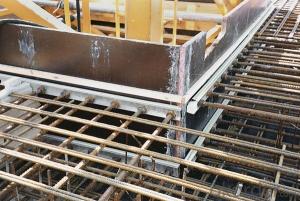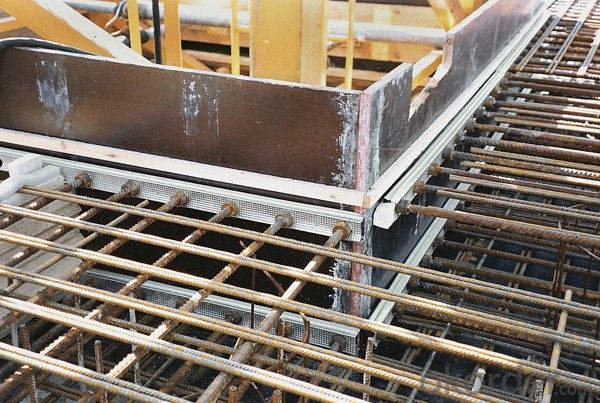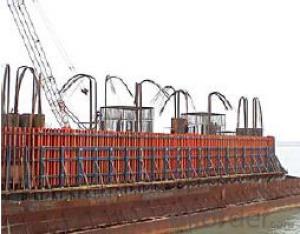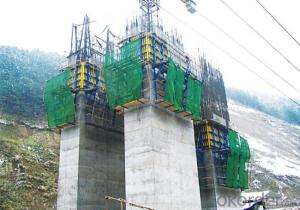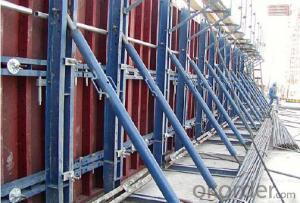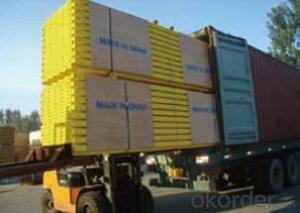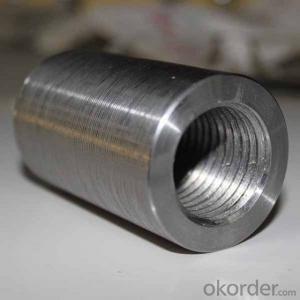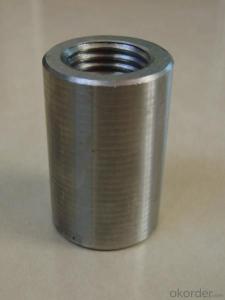Steel Coupler Rebar Adjustable Scaffolding Leg Scaffolding Sleeve Coupler New Design
- Loading Port:
- Shanghai
- Payment Terms:
- TT OR LC
- Min Order Qty:
- 1000 pc
- Supply Capability:
- 10000000 pc/month
OKorder Service Pledge
OKorder Financial Service
You Might Also Like
Steel Coupler Rebar Adjustable Scaffolding Leg Scaffolding Sleeve Coupler New Design
1.Description:
Lapped joints are not always an appropriate means of connecting rebar. The use of Steel Rebar Couplers can simplify the design and construction of reinforced concrete and reduce the amount of reinforcement required.
The threaded steel coupler system is designed as a threaded reinforcement connection with 100% load transmission. The steel coupler rebar connection system is suitable for both static and dynamic load transmission in construction joints.
The coupler is designed as a threaded reinforcement connection for formed construction joints. Reinforcement work is normally carried out on both sides of the construction joint using lap joints or one side is anchored. The bar lengths are based on the structural analysis requirements of the building component and are calculated from anchorage and lap lengths.
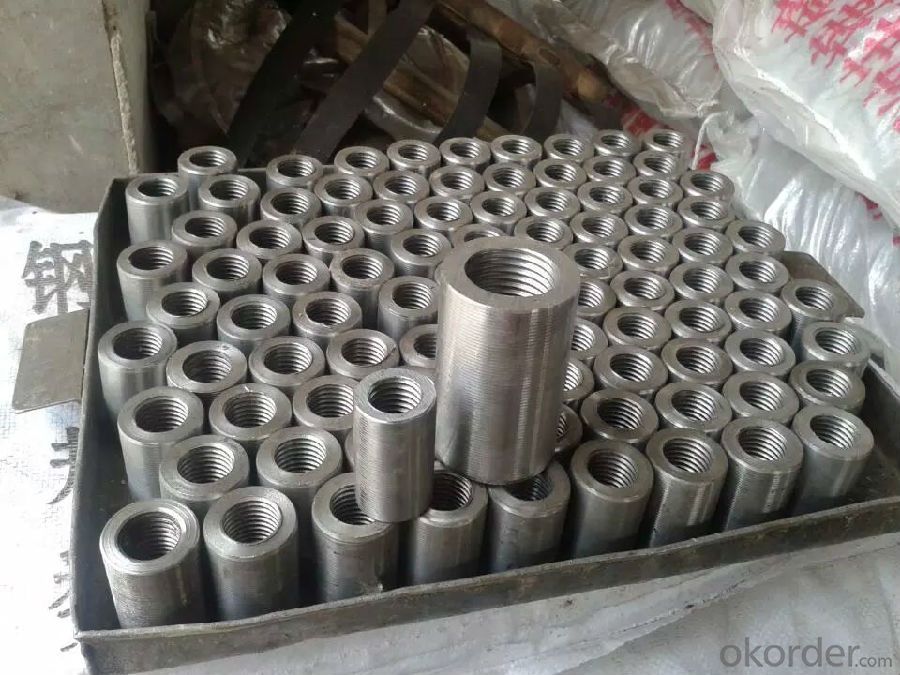
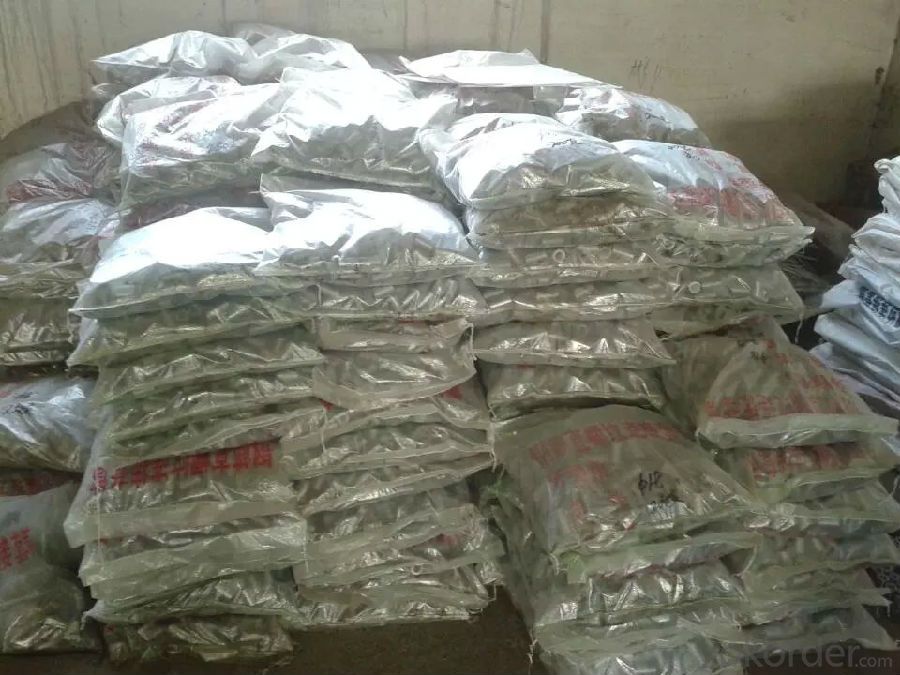
2.Advantages of Steel Coupler Rebar Lift Scaffolding Galvanized Scaffolding Tube with Low Price:
The coupler system provides the opportunity to connect rebars quickly, easily and cost effectively, even when large rebar diameters are used. This makes the steel coupler rebar range a logical extension to our rebendable CNBM reinforcement continuity system for rebars over 12 mm.
3.Available sizes of Steel Coupler Rebar Lift Scaffolding Galvanized Scaffolding Tube with Low Price:
14mm,16mm,18mm,20mm,22mmm,25mm,28mm,32mm,36mm,40mm
4.Delivery:
Delivery Term: FOB / CFR / CIF available.
Delivery Time: 15 days or less after order confirmed.
5.Why choose us?
Technical Expertise
Experienced Management
Stringent Quality Control
Exemplary Service
On-Time Delivery
Wide Product Range
Competitive Pricing
Huge branch network capable of catering worldwide
- Q: Can steel formwork be used in bridge construction projects?
- In bridge construction projects, steel formwork can be utilized. Steel formwork is a temporary structure employed to support and shape the concrete throughout the construction phase. It is extensively applied in diverse construction projects, including bridges. By employing steel formwork, several advantages are obtained in bridge construction, such as enhanced strength, durability, and resistance to deformation. The structure can withstand the weight of the concrete and other construction materials, thereby guaranteeing the stability and integrity of the bridge. Moreover, steel formwork offers flexibility in creating intricate bridge designs, enabling the construction of various bridge types, such as arch bridges, cable-stayed bridges, and suspension bridges. The integration of steel formwork in bridge construction projects aids in simplifying the construction process, enhancing efficiency, and ensuring the quality of the final bridge structure.
- Q: How does steel formwork affect the overall construction site logistics?
- Steel formwork can significantly impact the overall construction site logistics in a positive way. Its durability and reusability allow for faster and more efficient construction processes, reducing the need for frequent replacements. Additionally, the modular nature of steel formwork enables easy assembly and dismantling, saving time and labor costs. This type of formwork also provides precise and consistent results, ensuring higher quality construction. Overall, the use of steel formwork enhances productivity, streamlines logistics, and contributes to smoother operations at the construction site.
- Q: Can steel formwork be used for different types of concrete finishes?
- Yes, steel formwork can be used for different types of concrete finishes. Steel formwork is versatile and can be easily adjusted and customized to achieve different finishes, such as smooth, textured, or patterned surfaces. It provides a strong and rigid structure, allowing for precise shaping and detailing of the concrete. Additionally, steel formwork can be reused multiple times, making it cost-effective for various types of concrete finishes.
- Q: How does steel formwork compare to other formwork materials in terms of durability?
- Steel formwork is highly regarded for its exceptional durability when compared to other formwork materials. Steel is known for its strength and resilience, making it a reliable choice for construction projects that require long-lasting formwork. Unlike materials like wood or plastic, steel formwork is resistant to warping, cracking, and rotting, ensuring its longevity and effectiveness over time. Additionally, steel formwork is highly resistant to the elements, including harsh weather conditions and exposure to chemicals. It can withstand heavy loads and pressures, making it suitable for projects that involve high-rise buildings, bridges, or other structures that require robust support during the construction process. Furthermore, steel formwork offers the advantage of being reusable. After a concrete pour, steel formwork can be easily dismantled, cleaned, and reassembled for future use. This reusability factor not only reduces construction waste but also proves to be cost-effective in the long run. However, it is important to note that steel formwork requires regular maintenance to prevent corrosion. Proper cleaning, rust removal, and application of protective coatings are necessary to ensure the formwork's durability and extend its lifespan. In summary, steel formwork outperforms other formwork materials in terms of durability due to its strength, resistance to various elements, and reusability. While it requires maintenance to prevent corrosion, steel formwork remains a preferred choice for construction projects that demand long-lasting and reliable formwork solutions.
- Q: How does steel formwork handle different concrete reinforcement spacing?
- Steel formwork is able to handle different concrete reinforcement spacing by providing flexibility and adaptability in its design. The formwork is typically adjustable, allowing for the necessary spacing between reinforcement bars to be accommodated. This ensures that the concrete is poured and compacted around the reinforcement bars evenly, maintaining structural integrity and strength. Additionally, steel formwork is durable and strong, capable of withstanding the pressures exerted by the concrete and the reinforcement bars, regardless of their spacing.
- Q: Can steel formwork be used in areas with high seismic activities?
- Yes, steel formwork can be used in areas with high seismic activities. Steel is known for its strength and durability, making it a suitable material for construction in earthquake-prone areas. Steel formwork has the ability to withstand the lateral forces and vibrations generated by seismic activities, ensuring the safety and stability of the structure. Additionally, steel formwork is highly flexible and can be easily designed to accommodate different shapes and sizes, allowing for customized construction solutions in high seismic areas. Overall, steel formwork is a reliable and effective choice for construction projects in regions with high seismic activities.
- Q: Is steel formwork suitable for all types of construction projects?
- Steel formwork, a construction material widely used and known for its versatility, may not be appropriate for all types of construction projects. The advantages of steel formwork are numerous, including its durability, reusability, and high load-bearing capacity. It can be utilized for both large and small projects, including residential, commercial, industrial, and infrastructure endeavors. Steel formwork is especially well-suited for projects that demand precision and a high-quality finish, such as high-rise buildings, bridges, and tunnels. However, several factors need to be considered when determining if steel formwork is suitable for a particular construction project. One crucial factor is the budget allocated to the project. Steel formwork generally has a higher initial cost compared to alternative formwork materials like timber or aluminum. As a result, it may not be the best choice for projects with tight budget constraints. Another factor to take into account is the project's timeline. Assembling, disassembling, and transporting steel formwork requires skilled labor and time. This can lead to longer construction periods, which may not be feasible for projects with strict deadlines. The complexity of the project is also an important consideration. While steel formwork can be customized to meet specific project requirements, constructing it for projects with irregular or complex shapes may be more challenging and time-consuming compared to other formwork materials. Additionally, the environmental conditions of the construction site should be evaluated. Steel formwork is durable and able to withstand harsh weather conditions. However, it may not be appropriate for projects in coastal areas or locations with high humidity, as steel is susceptible to corrosion. In conclusion, the suitability of steel formwork for a construction project should be evaluated on a case-by-case basis. Factors such as budget, timeline, complexity, and environmental conditions should all be taken into consideration to determine if steel formwork is the most suitable option.
- Q: How does steel formwork affect the overall aesthetics of the structure?
- The overall appearance of a structure can be greatly influenced by the use of steel formwork. Its smooth and sleek surface finish gives a clean and contemporary look, which is highly desired in modern architectural designs. The precision and accuracy of steel formwork also allow for the creation of intricate details and complex shapes, enhancing the visual appeal of the structure. In addition, steel formwork allows for the creation of sharp edges and precise lines, resulting in a more refined and sophisticated appearance. This is especially advantageous for structures with exposed concrete surfaces, as the use of steel formwork eliminates the need for additional surface treatments or finishing materials. Furthermore, steel formwork provides versatility in terms of creating different textures and patterns on the concrete surface. Architects and designers can enhance the visual impact of the structure and create unique aesthetic effects by utilizing various surface treatments or coatings, such as acid etching or powder coating. Moreover, steel formwork is known for its durability and structural integrity, ensuring that the aesthetics of the structure remain intact over time. Unlike other types of formwork, steel formwork does not warp or deform, providing a consistent and uniform appearance throughout the construction process and beyond. In conclusion, steel formwork has a positive impact on the overall aesthetics of a structure by providing a sleek and modern finish, allowing for intricate detailing and complex shapes, creating sharp edges and precise lines, offering versatility in texture and pattern, and ensuring long-lasting durability.
- Q: How does steel formwork handle different concrete surface treatments?
- Known for its versatility and durability, steel formwork excels in managing a range of concrete surface treatments. Its robust and inflexible structure enables it to withstand the pressure and weight of such treatments without distorting or collapsing. In construction projects that involve diverse surface treatments like smooth, textured, or patterned finishes, steel formwork is commonly employed. The steel panels and frames provide a stable and sturdy surface, ensuring an even pouring and curing of the concrete. This guarantees a consistent and high-quality finish. Furthermore, steel formwork readily adapts to different types of surface treatments. For example, if a project demands a smooth finish, the steel formwork can be polished or coated with a release agent to create the desired surface. On the other hand, if a textured or patterned finish is required, the steel formwork can be specially modified or designed to incorporate the desired texture or pattern. This flexibility allows for creative and customized results. Moreover, the reusability of steel formwork makes it cost-effective and environmentally friendly. It can handle a variety of concrete surface treatments across multiple projects, consistently delivering reliable outcomes. In conclusion, steel formwork is an exceptional choice for managing different concrete surface treatments due to its strength, durability, and versatility. It can withstand the weight and pressure of diverse finishes, adapt to various surface treatments, and be reused multiple times, making it a reliable and cost-effective option in construction projects.
- Q: How does steel formwork handle vibrations from construction equipment?
- Steel formwork is known for its excellent strength and durability, which enables it to effectively handle vibrations from construction equipment. The rigid nature of steel formwork allows it to withstand the impact and oscillations caused by heavy machinery or equipment without significant deformation or damage. Additionally, the structural stability and stiffness of steel formwork help to minimize any unwanted movement or shaking during construction activities, ensuring a stable and reliable foundation for the construction process.
Send your message to us
Steel Coupler Rebar Adjustable Scaffolding Leg Scaffolding Sleeve Coupler New Design
- Loading Port:
- Shanghai
- Payment Terms:
- TT OR LC
- Min Order Qty:
- 1000 pc
- Supply Capability:
- 10000000 pc/month
OKorder Service Pledge
OKorder Financial Service
Similar products
Hot products
Hot Searches
Related keywords
